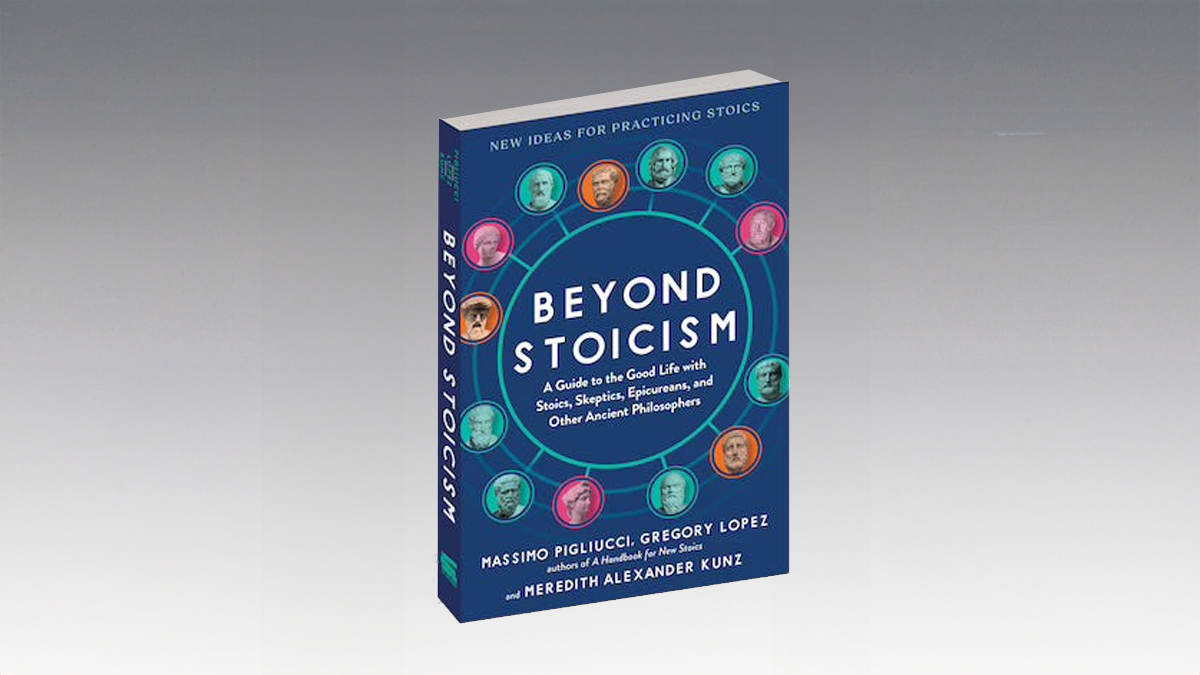Dr. Joseph M. Sussman is the JR East Professor (endowed by the East Japan Railway Company) in the Department of Civil and Environmental Engineering and the Engineering Systems Division at[…]
Sign up for the Smarter Faster newsletter
A weekly newsletter featuring the biggest ideas from the smartest people
Dynamic road pricing could solve congestion problems, but is it socially equitable?
Question: Eighty-seven percent of travel these days is done by car. How could we help implement this behavioral change?
Joseph Sussman: Behavioral changes are very difficult. On some dimensions I’m optimistic on others I am less optimistic. Certainly there are a lot of forces in place that makes change away from the automobile very difficult. The land use that has grown up around the cities, I mentioned sprawl, makes transportation by anything other than automobile very, very difficult. You can’t provide say heavy rail public transportation of the sort you have in New York City out somewhere in the suburbs. There just isn’t the volume to pay, if you will, for the extraordinary costs there are of building those kinds of systems.
But, yes, there are ways of improving the system and improving behavior. We have this idea of congestion pricing in the transportation field, and this is enabled by the Intelligent Transportation System ideas that we talked about earlier. So, the notion here would be to use pricing as a way of changing people’s behavior, to make particular kinds of trips more expensive, particular kinds of trips less expensive to try to entice them into behaviors that would make sense from a systemic point of view. Make sense not only for them, but make sense for the traveling public at large.
So, you know all about EZ Pass in New York City so one can electronically collect tolls as one zips by the tollbooth at speed without stopping. Well once we have that kind of electronic capability, one can change those tolls and one can do it not only at toll booths, but one can do it along the entire structured infrastructure and one can even start thinking about doing it with GPS so that one is monitoring the flows of vehicles and one is charging the drivers for using the roads as a function of the kind of car they are driving, for example, a less polluting car would be charged less. As a function of where they are driving. If they are driving in a congested area, we want to give them incentive to not drive during the congested period, we would charge them more. It depends on the time of day they are driving. If they are driving at the height of the rush hour, well that’s going to be more expensive then it will be to drive two hours before, or two hours after the peak hour.
So the notion here is that by changing these prices dynamically as a function of time of day, as a function of location, as a function of vehicle type, that one can give incentives to drivers to make different kinds of decisions. So the notion her is that one can perhaps have a lower need, a lesser need, I should say, of building more infrastructure that is built for peak hour capacity by enticing people to drive at some time outside the peak hour.
Now, that sounds well and good, politically it’s not quite so easy. One has questions, the third “E” in sustainability. The social equity questions. So, the well healed banker can maybe change his hours relatively easily and drive whenever he or she wants to get to work, where perhaps some blue collar worker says to his boss, “I’d rather get here at 11:00 rather than at 9:00 because it will cost me less to drive.” And his boss says, “We start at 9:00,” and that’s the end of that discussion. So, there are equity discussions that go along with it. But this idea of universal road pricing is in fact something that I believe will happen over an extended period, perhaps 20 or 30 years. But eventually, that’s going to be the way we pay for this infrastructure. Rather than paying it in indirect terms through things like the gas tax, we’ll pay for using the roads themselves.
Question: What technology will help deal with those issues?
Joseph Sussman: So, we have the question of different kinds of fuels that we might use that would be less polluting and fuels that would lessen our international energy dependency on unstable regions of the world, like the Arabian Gulf, for example, where our foreign policy is, to a certain extent, driven by our insatiable need for that fuel. One could see a change in the mix of fuels that we are using that would make us less energy dependent and perhaps create a less polluting system. But it’s going to be a long hard slog. Our land use patterns have been developed in a particular way, the idea of the American Dream of a house in the suburbs with some land and some privacy still exists in much of the country. Surely there’s been some modes flow of people back from the suburbs into the cities, which of course would be a good thing from a transportation perspective, but these land use changes are very long term and slow to happen. So, we have to work on some of these issues in the meantime, congestion pricing and technology enhancements and so on.
Joseph Sussman: Behavioral changes are very difficult. On some dimensions I’m optimistic on others I am less optimistic. Certainly there are a lot of forces in place that makes change away from the automobile very difficult. The land use that has grown up around the cities, I mentioned sprawl, makes transportation by anything other than automobile very, very difficult. You can’t provide say heavy rail public transportation of the sort you have in New York City out somewhere in the suburbs. There just isn’t the volume to pay, if you will, for the extraordinary costs there are of building those kinds of systems.
But, yes, there are ways of improving the system and improving behavior. We have this idea of congestion pricing in the transportation field, and this is enabled by the Intelligent Transportation System ideas that we talked about earlier. So, the notion here would be to use pricing as a way of changing people’s behavior, to make particular kinds of trips more expensive, particular kinds of trips less expensive to try to entice them into behaviors that would make sense from a systemic point of view. Make sense not only for them, but make sense for the traveling public at large.
So, you know all about EZ Pass in New York City so one can electronically collect tolls as one zips by the tollbooth at speed without stopping. Well once we have that kind of electronic capability, one can change those tolls and one can do it not only at toll booths, but one can do it along the entire structured infrastructure and one can even start thinking about doing it with GPS so that one is monitoring the flows of vehicles and one is charging the drivers for using the roads as a function of the kind of car they are driving, for example, a less polluting car would be charged less. As a function of where they are driving. If they are driving in a congested area, we want to give them incentive to not drive during the congested period, we would charge them more. It depends on the time of day they are driving. If they are driving at the height of the rush hour, well that’s going to be more expensive then it will be to drive two hours before, or two hours after the peak hour.
So the notion here is that by changing these prices dynamically as a function of time of day, as a function of location, as a function of vehicle type, that one can give incentives to drivers to make different kinds of decisions. So the notion her is that one can perhaps have a lower need, a lesser need, I should say, of building more infrastructure that is built for peak hour capacity by enticing people to drive at some time outside the peak hour.
Now, that sounds well and good, politically it’s not quite so easy. One has questions, the third “E” in sustainability. The social equity questions. So, the well healed banker can maybe change his hours relatively easily and drive whenever he or she wants to get to work, where perhaps some blue collar worker says to his boss, “I’d rather get here at 11:00 rather than at 9:00 because it will cost me less to drive.” And his boss says, “We start at 9:00,” and that’s the end of that discussion. So, there are equity discussions that go along with it. But this idea of universal road pricing is in fact something that I believe will happen over an extended period, perhaps 20 or 30 years. But eventually, that’s going to be the way we pay for this infrastructure. Rather than paying it in indirect terms through things like the gas tax, we’ll pay for using the roads themselves.
Question: What technology will help deal with those issues?
Joseph Sussman: So, we have the question of different kinds of fuels that we might use that would be less polluting and fuels that would lessen our international energy dependency on unstable regions of the world, like the Arabian Gulf, for example, where our foreign policy is, to a certain extent, driven by our insatiable need for that fuel. One could see a change in the mix of fuels that we are using that would make us less energy dependent and perhaps create a less polluting system. But it’s going to be a long hard slog. Our land use patterns have been developed in a particular way, the idea of the American Dream of a house in the suburbs with some land and some privacy still exists in much of the country. Surely there’s been some modes flow of people back from the suburbs into the cities, which of course would be a good thing from a transportation perspective, but these land use changes are very long term and slow to happen. So, we have to work on some of these issues in the meantime, congestion pricing and technology enhancements and so on.
Recorded on January 25, 2010
▸
8 min
—
with





